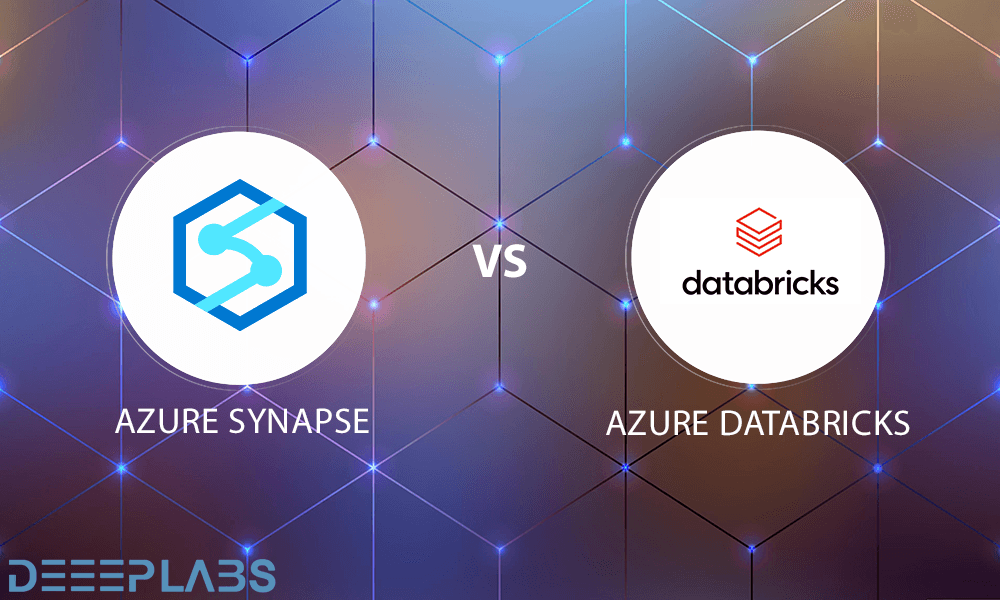
Cloud Technology
Benefits of using cloud-based technology
One of the benefits of using cloud-based technology is that it can reduce the company’s operational costs. This has been proven by a survey conducted by open cloud company, Rackspace Hosting, in 2013.
The survey results show that 88% of the 1,300 cloud computing companies that use cloud computing can reduce their spending. Even 56% stated that they experienced an increase in profit. How can this happen? Check out the review below to find out how the cloud can improve your company's financial efficiency.
Reduce hardware costs
The benefits of a cloud-based system that you can immediately feel are reduced costs for hardware. This is certainly important for a newly formed company. To buy hardware that supports company productivity, you have to spend a lot of money. However, you will not feel this when using cloud computing.
By utilizing cloud technology, you do not need to spend money on additional storage devices such as external hard disk drives (HDD). A cloud-based system will store your data on servers on the internet so it will not make your data storage space full. This type of storage format in addition to saving data storage is also considered more secure because only certain people can access the data in it.
When you reduce costs for hardware, you will unwittingly save expenses on company electricity bills.
Reduce maintenance costs
If you use devices such as computers or external storage space, there are times when you have to spend more funds for maintenance or maintenance. This fee may increase if it is found that damage to your device is found.
You will not experience this if you use cloud technology. Cloud computing systems in the form of software will not require large maintenance costs. If you experience an error in the system, it is enough to contact an IT expert who can fix the error. You can lower your operational costs even better when your company has its own IT staff.
While you can reduce costs and time for maintenance, you can focus your attention on other things such as developing the capabilities of your employees. You must remember that employee capacity building can help increase your company's productivity. In other words, indirectly using cloud computing will increase your company's productivity.
Increase company productivity
The use of cloud computing will help you to increase the productivity of your company. This can happen because there is an increase in the effectiveness of working operational time in your company. Cloud computing can save the time needed to do a task so that your employees can allocate their time to other things that can increase company productivity.
For example, you can use Accounting software to take an inventory of your company's assets. That way, the asset inventory won't take too long and you can perform a variety of other important tasks.
As a company's capital investment
Generally, the cloud is available in flexible pricing. You can choose what features you want and only pay for the features you use. This type of payment format will help you manage company funds. This is because you can do the planning of the outgoing funds for the cloud system, even long before you use the system.
In addition, the cloud system payment format can also minimize the risk of unexpected expenditures. You only need to pay for the system used by the company. In other words, you pay what you get. This is perfect for companies that want superior quality systems but are on a tight budget.
Pay As Needed
Users can adjust their needs in the cloud so that the costs incurred for cloud operations can be adjusted to their needs.
Cloud No Initial Investment
Users do not need to spend a large investment to build cloud computing, users can use cloud service providers so that there are no costs for purchasing computer equipment, network devices, and others.
Fast Scalability on Demand
Cloud Computing capabilities can work quickly according to the needs of users.
Easy and Flexible Cloud Access
Users do not need to be on the same computer if they want to access applications for company operational purposes. Users can access easily from anywhere.
Better Use of Cloud Resources
Cloud Computing users can minimize operational problems so that it is possible to improve Cloud resources better.
Types of Cloud Computing Services
In Cloud Computing, the infrastructure components are servers, storage media, and bandwidth provided by the provider. This way, users can access the resource as if it were installed in its place. The platform layer is a web browser device that is used to create, test, and deploy web applications. While the software layer is not a desktop-based application, uses the web that can use any web browser. The following are the types of cloud computing services based on the nature of their reach:
a. Public Cloud
This type of Public Cloud is intended for purely public use by service providers.
b. Private Cloud
Private Cloud service infrastructure is managed and operated only for certain groups or organizations which are usually large in scale and have the ability to have their own Cloud. In terms of location, it can be on site or off site.
c. Community Cloud
This Cloud Infrastructure is shared by several organizations that have the same interests, and the need for the same level of security.
d. Hybrid Cloud
The Cloud infrastructure available in this Hybrid Cloud is a combination of other cloud types. Although the entity remains independent, there is technology that allows data and application portability between these clouds to be connected.
Cloud Computing Service Model for Business
This cloud service model also provides convenience for many things, starting from online accounting management software, Human Resources management software, or tax payment software. The following are Cloud Computing models which are differentiated based on the type of service:
a. Platform as a Service (PaaS)
Platform as a Service (PaaS) is a cloud-based service by renting hardware, operating systems, storage, and network capacity via the internet. Users can rent virtual servers and services to run web-based software that has been developed. In addition, users can also test web-based software that is being developed.
Usually, PaaS is a framework used by developers to focus on building or creating software. By using PaaS, users can get the resources to create software without having to buy the necessary hardware. Examples of PaaS that are already available in the world include: Google App Engine, Windows Azure, Amazon Web Service Elastic Beanstalk, Stratos Apache, and OpenShift.
b. Infrastructure as a Service (IaaS)
Infrastructure as a Service (IaaS) is a cloud computing infrastructure service in the form of a virtual computer hardware device package, along with an internet network, bandwidth, and IP address support. There is real time online assurance and security within the 'scope' of one IaaS service unit.
Service providers who are usually called vendors or IaaS providers usually provide various infrastructure specifications CPU, RAM and Data Storage in virtual form without an operating system. Examples of Iaas include Cisco which provides basic features of telephony solutions and Biznet GIO Cloud as a virtual data center for corporations.
c. Data-Storage as a Service (DaaS)
Data-Storage as a Service (DaaS) is a cloud service with a model of providing remote data storage system facilities and can access it anytime and from anywhere. In essence, users only need to pay a fee according to the amount of resources used.
Examples of commercial industries that provide DaaS services are EMC Storage Managed Service (SMS), and Google Cloud Datastore.
d. Software as a Service (SaaS)
Software as a Service (SaaS) is a service that refers to cloud-based software via online via the internet and can be purchased on a subscription basis. Applications are available in the form of subscriptions according to user needs or on-demand.
So, users no longer need to buy a license and install applications, but simply pay a fee according to usage. This model is one of the most frequently used cloud services by companies to build and grow a business because it is easy to manage and very affordable. Users don't need to download and install on individual devices to share it across the team. This service is especially useful for teams working with separate spaces and distances.



